- Home
- Articles
- Architectural Portfolio
- Architectral Presentation
- Inspirational Stories
- Architecture News
- Visualization
- BIM Industry
- Facade Design
- Parametric Design
- Career
- Landscape Architecture
- Construction
- Artificial Intelligence
- Sketching
- Design Softwares
- Diagrams
- Writing
- Architectural Tips
- Sustainability
- Courses
- Concept
- Technology
- History & Heritage
- Future of Architecture
- Guides & How-To
- Art & Culture
- Projects
- Interior Design
- Competitions
- Jobs
- Store
- Tools
- More
- Home
- Articles
- Architectural Portfolio
- Architectral Presentation
- Inspirational Stories
- Architecture News
- Visualization
- BIM Industry
- Facade Design
- Parametric Design
- Career
- Landscape Architecture
- Construction
- Artificial Intelligence
- Sketching
- Design Softwares
- Diagrams
- Writing
- Architectural Tips
- Sustainability
- Courses
- Concept
- Technology
- History & Heritage
- Future of Architecture
- Guides & How-To
- Art & Culture
- Projects
- Interior Design
- Competitions
- Jobs
- Store
- Tools
- More
Exploring the Benefits of a Green Living Building for a Sustainable Future
Explore the vital role of green living buildings in combating climate change and enhancing sustainability. This article highlights their eco-friendly design, use of sustainable materials, and energy-efficient systems. Discover how these buildings improve indoor air quality, reduce operational costs, and promote healthier lifestyles.
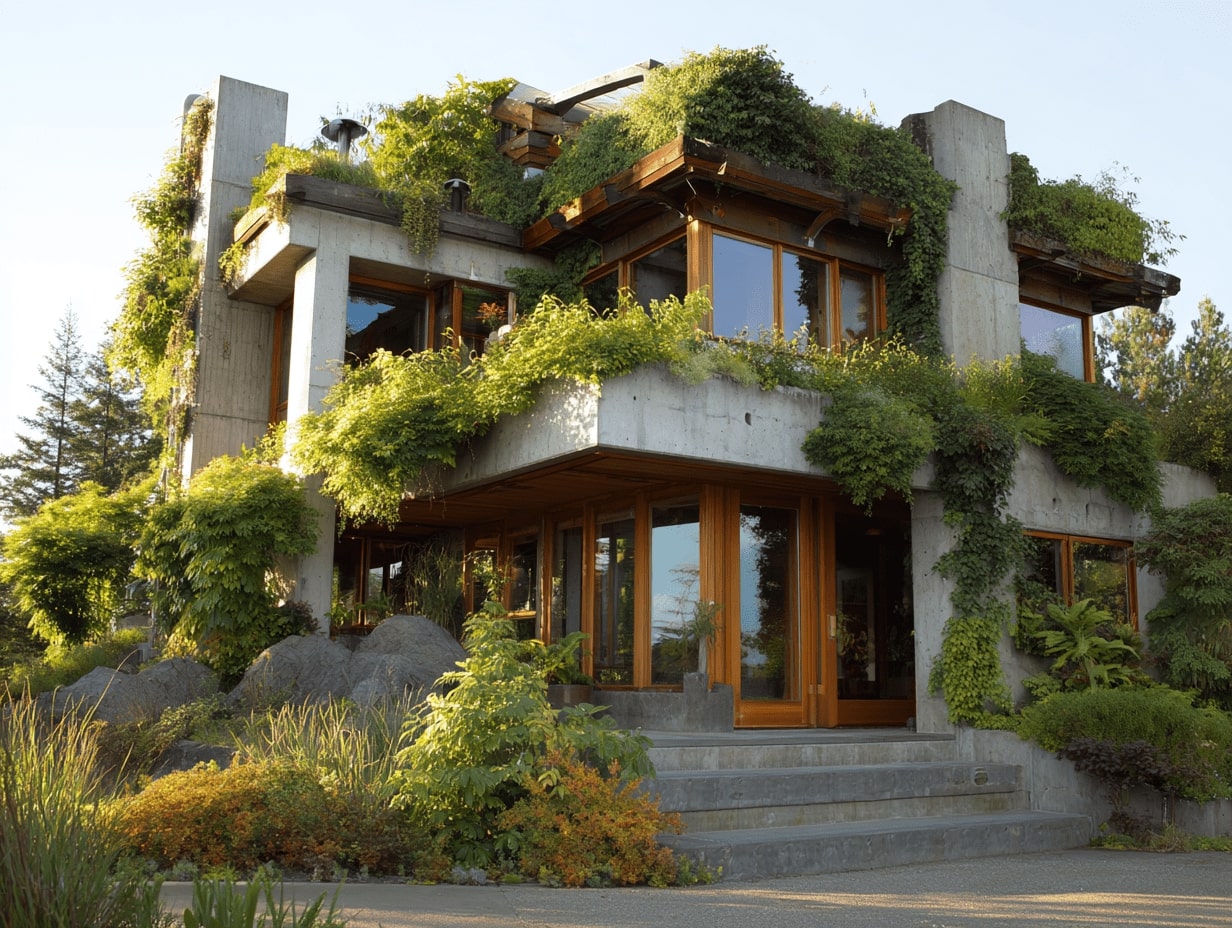
In today’s world, the push for sustainability is more crucial than ever. As we face climate change and dwindling resources, the concept of green living buildings emerges as a beacon of hope. These structures not only minimize environmental impact but also promote healthier lifestyles for their inhabitants.
Imagine waking up in a home that breathes, generates its own energy, and blends seamlessly with nature. A green living building is designed with eco-friendly materials, energy-efficient systems, and innovative technologies that enhance our quality of life while protecting the planet. Join us as we explore the fascinating features and benefits of these sustainable havens, and discover how they’re transforming our approach to architecture and urban living.

Table of Contents
ToggleOverview of A Green Living Building
A green living building emphasizes eco-friendliness, energy efficiency, and sustainability. These buildings employ design principles that reduce energy consumption and require fewer natural resources throughout their lifespan.

Key Features
-
Sustainable Materials
Sustainable materials include recycled, rapidly renewable, and locally sourced resources that minimize environmental impact.
-
Energy Efficiency
Energy-efficient systems combine high-performance insulation, energy-efficient windows, and renewable energy sources, such as solar panels, to reduce energy consumption.
-
Water Conservation
Water conservation techniques involve rainwater harvesting, greywater recycling, and low-flow fixtures to optimize water use.
-
Indoor Environmental Quality (IEQ)
IEQ focuses on providing cleaner air, natural lighting, and non-toxic materials, enhancing occupant health and comfort.
-
Waste Management
Effective waste management practices utilize composting, recycling, and reduced construction waste strategies to minimize landfill contributions.
Benefits of Green Living Buildings
-
Lower Operational Costs
Reduced energy and water usage lead to significantly lower utility bills over time.
-
Enhanced Property Value
Green buildings often experience higher resale values due to growing market demand for eco-friendly properties.
-
Improved Health Outcomes
Healthier indoor environments contribute to reduced sick days and improved productivity among occupants.
-
Community Impact
Green buildings promote sustainable urban development, fostering healthier, more connected communities.
Certification Standards
-
LEED (Leadership in Energy and Environmental Design)
LEED certification recognizes buildings meeting strict environmental performance criteria.
-
BREEAM (Building Research Establishment Environmental Assessment Method)
BREEAM award signifies sustainable building practices and long-term environmental stewardship.
-
Living Building Challenge
This certification demands a building meet rigorous sustainability requirements across energy, water, and materials.
A green living building epitomizes a holistic approach to modern architecture, integrating sustainability into every aspect of design and functionality.
Key Features of A Green Living Building
Green living buildings incorporate essential features that promote sustainability and enhance the well-being of occupants. These features include sustainable materials, energy efficiency, and several more innovative practices.

Sustainable Materials
Sustainable materials form the backbone of green living buildings. We prioritize materials with low environmental impact, such as bamboo, recycled steel, and reclaimed wood. These materials not only reduce waste but also lower carbon footprints. We often choose non-toxic paints and finishes, which contribute to better indoor air quality. Additionally, utilizing local materials helps decrease transportation emissions, supporting local economies.
Energy Efficiency
Energy efficiency is a crucial feature of green living buildings. We implement energy-efficient systems like solar panels, LED lighting, and high-efficiency HVAC systems. These technologies significantly cut energy consumption, reducing utility costs. Proper insulation and energy-efficient windows also minimize heat transfer, keeping interiors comfortable year-round. Incorporating smart technology enables us to optimize energy use based on occupancy, further enhancing efficiency.
Benefits of A Green Living Building
Green living buildings deliver numerous advantages that extend beyond mere aesthetics. They significantly enhance our environment and improve our overall well-being.

Environmental Impact
Green living buildings minimize environmental harm through various sustainable practices. By using eco-friendly materials, these structures reduce waste and conserve natural resources. Energy-efficient systems decrease greenhouse gas emissions, contributing to climate change mitigation. Water conservation techniques like rainwater harvesting and xeriscaping optimize water usage, which is crucial in areas subject to drought. Effective waste management practices, such as recycling and composting, further lower landfill contributions. Together, these features lead to a decreased ecological footprint.
Health and Well-being
Green living buildings positively influence our health and well-being. Improved indoor air quality results from using non-toxic materials, which helps reduce respiratory issues. Natural ventilation systems enhance air circulation, promoting comfort and overall wellness. Access to green spaces in and around these buildings encourages physical activity and mental relaxation, fostering a healthier lifestyle. Studies show that occupants of green buildings report reduced stress levels and increased productivity, highlighting the direct correlation between sustainable design and well-being.
Case Studies of A Green Living Building
We explore notable examples and success stories of green living buildings that showcase innovative design and sustainability practices.

Notable Examples
- The Bullitt Center: Located in Seattle, Washington, this building exemplifies net-zero energy design. It features solar panels, rainwater harvesting systems, and a constructed wetland for wastewater treatment. The center aims for the Living Building Challenge certification, setting a high standard for sustainability.
- The Edge: Situated in Amsterdam, The Edge emphasizes energy efficiency and smart technology. It boasts extensive green roofs, natural ventilation systems, and energy-efficient lighting. With an impressive energy rating, this building fosters a sustainable work environment.
- One Central Park: Found in Sydney, Australia, this mixed-use development integrates vertical gardens designed by renowned architect Patrick Blanc. It employs passive design strategies, enhancing energy efficiency and reducing urban heat effects while providing residents with lush greenery.
Success Stories
- The New Commons: This residential complex in Toronto, Canada, achieved LEED Platinum certification. Its emphasis on sustainable construction materials and community spaces has fostered a strong sense of community while minimizing environmental impact.
- The Blue House: Located in Portland, Oregon, this home showcases off-grid living. It uses solar energy, wind turbines, and sustainable building materials, proving that green living can be both stylish and functional.
- Solar Village: Situated in San Francisco, California, this affordable housing project emphasizes renewable energy sources. With on-site solar panels and energy-efficient appliances, it reduces utility costs for low-income families while promoting sustainability.
Conclusion
Green living buildings play a crucial role in addressing sustainability amidst climate change and resource depletion. We recognize how their design minimizes environmental impact while fostering healthier lifestyles. With a focus on eco-friendly materials and energy-efficient systems, these structures stand as a practical solution for modern challenges.
By utilizing sustainable materials, we reduce the carbon footprint associated with construction. Examples include bamboo, recycled steel, and reclaimed wood, which enhance indoor air quality significantly. Energy efficiency strengthens our resolve to lower energy consumption; solar panels, LED lighting, and smart technology come together to create systems that cut utility costs and reduce dependence on fossil fuels.
The benefits extend well beyond operational savings; green living buildings elevate property values and promote health within communities. Improved indoor environments contribute to better well-being, as seen in studies linking these spaces to reduced stress and increased productivity.
Certification standards like LEED and BREEAM guide the implementation of stringent sustainability criteria. As we showcase successful projects, such as the Bullitt Center and The Edge, we highlight the innovation and viability of green architecture. Our commitment to these practices paves the way for improved community engagement and environmental stewardship. Through every aspect of design and functionality, green living buildings stand as a testament to our shared responsibility toward a sustainable future.
- Biophilic Design
- eco-conscious design
- Eco-Friendly Construction
- Energy Efficient Buildings
- environmentally friendly homes
- green building materials
- green living building
- green living solutions
- green technology in construction
- LEED certified buildings
- low carbon footprint buildings
- net-zero buildings
- passive solar design
- renewable energy in architecture
- sustainability in architecture
- sustainable architecture
- sustainable building design
- sustainable future homes
- sustainable home innovations
- sustainable urban development
Submit your architectural projects
Follow these steps for submission your project. Submission FormLatest Posts
Green Architecture Explained: Designing for a Resilient Tomorrow
Green architecture explained through resilience: practical ways to cut carbon, improve health,...
Top Sustainable Surface Materials Every Designer Should Know
Explore sustainable surface materials with a designer-ready scorecard: carbon, toxins, durability, circularity,...
Eco-Friendly Floor Coverings: Smart Choices for a Greener Home
Eco-friendly floor coverings made simple: discover sustainable materials, trusted certifications, and room-by-room...
What are Biodomes?
Biodomes are transforming architecture by blending ecological science with advanced design to...




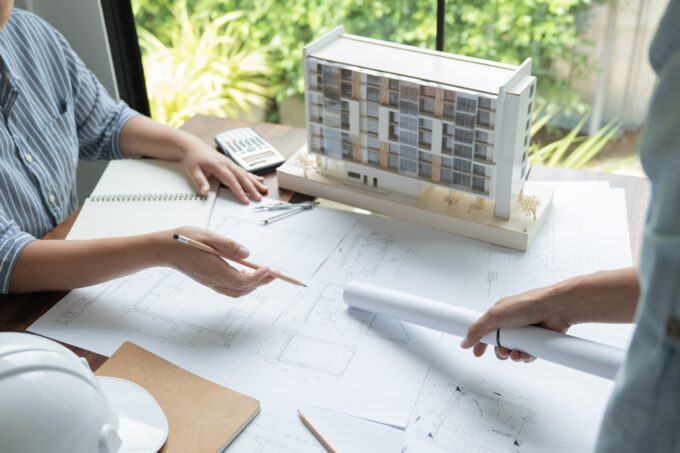
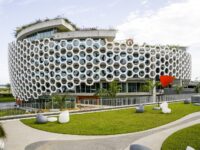
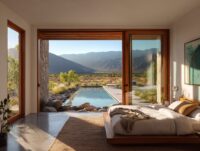

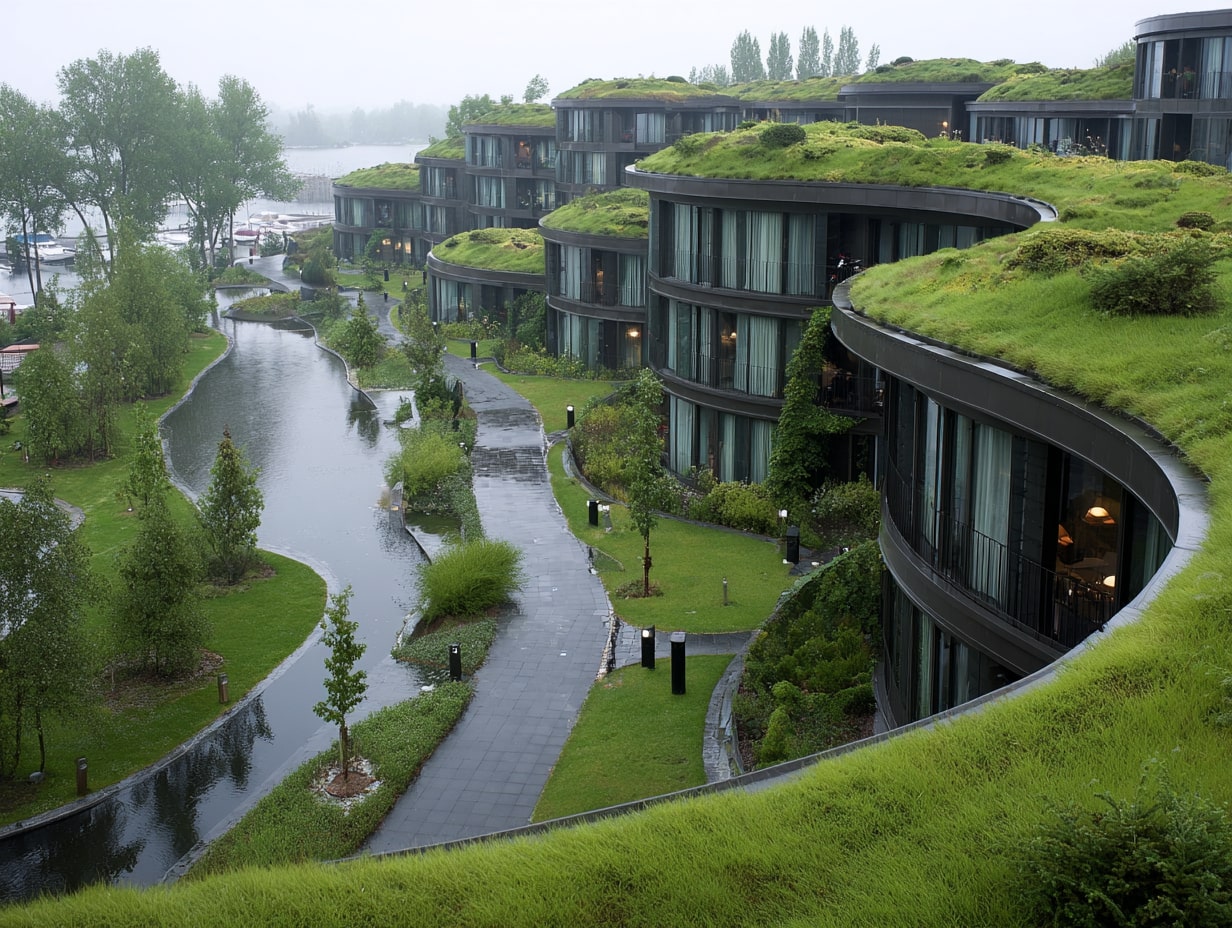
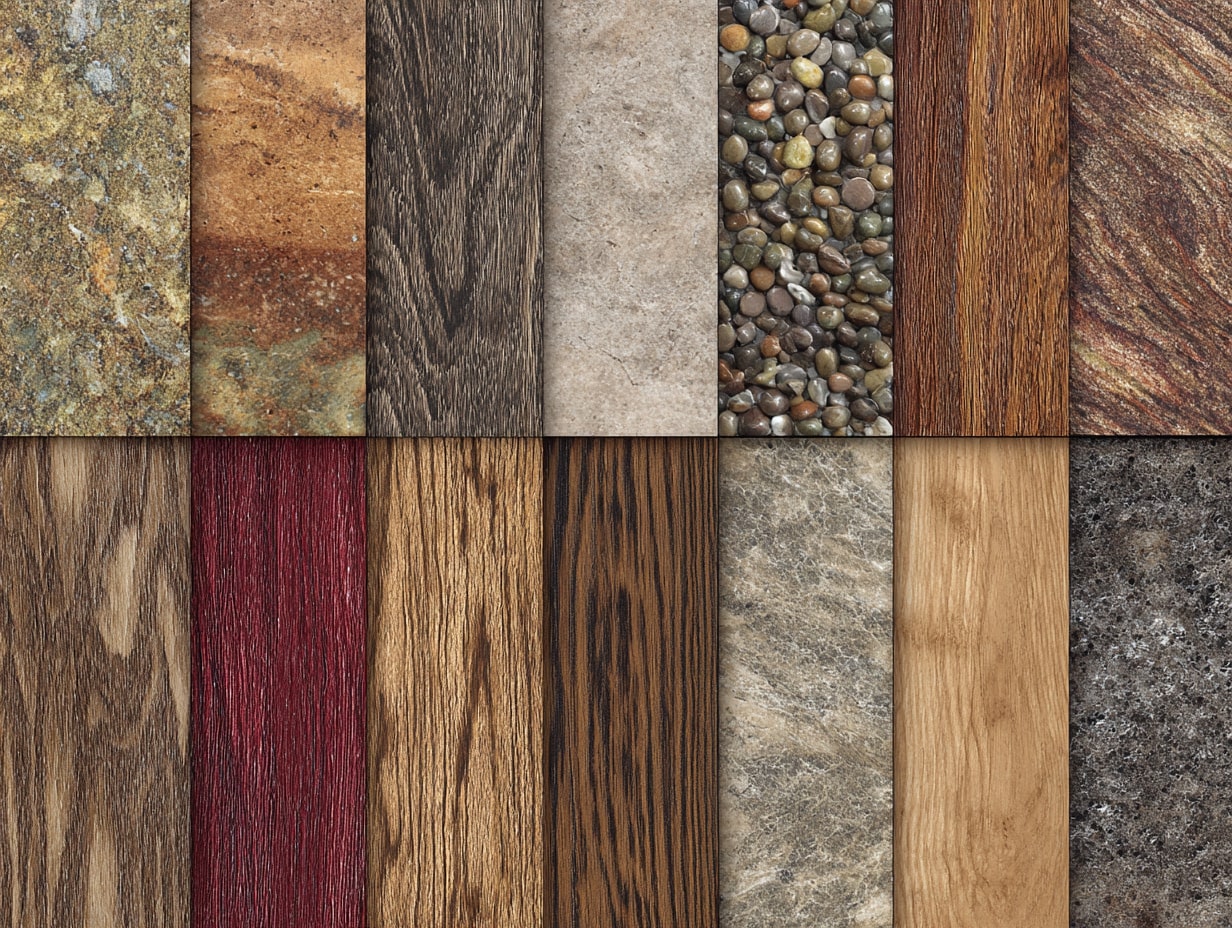
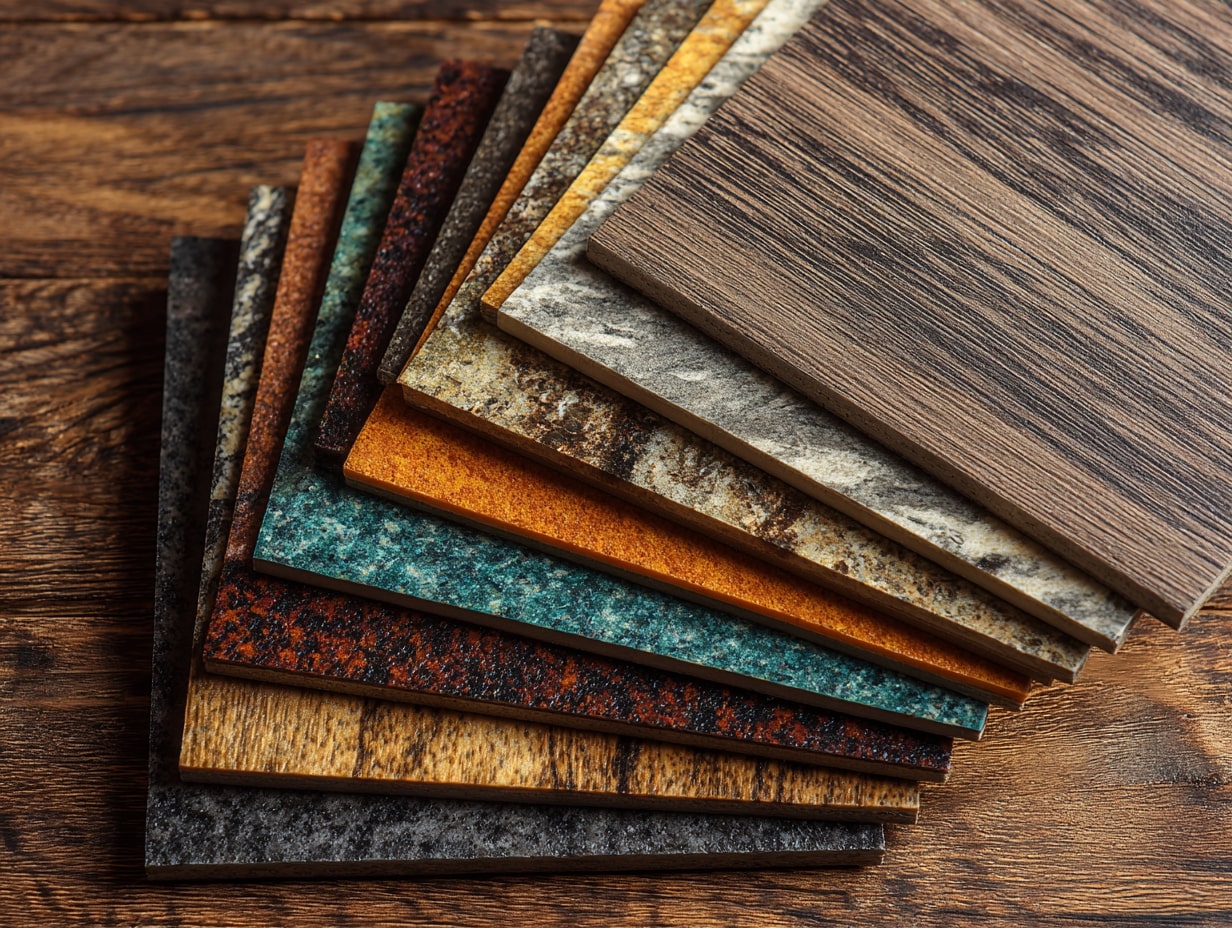
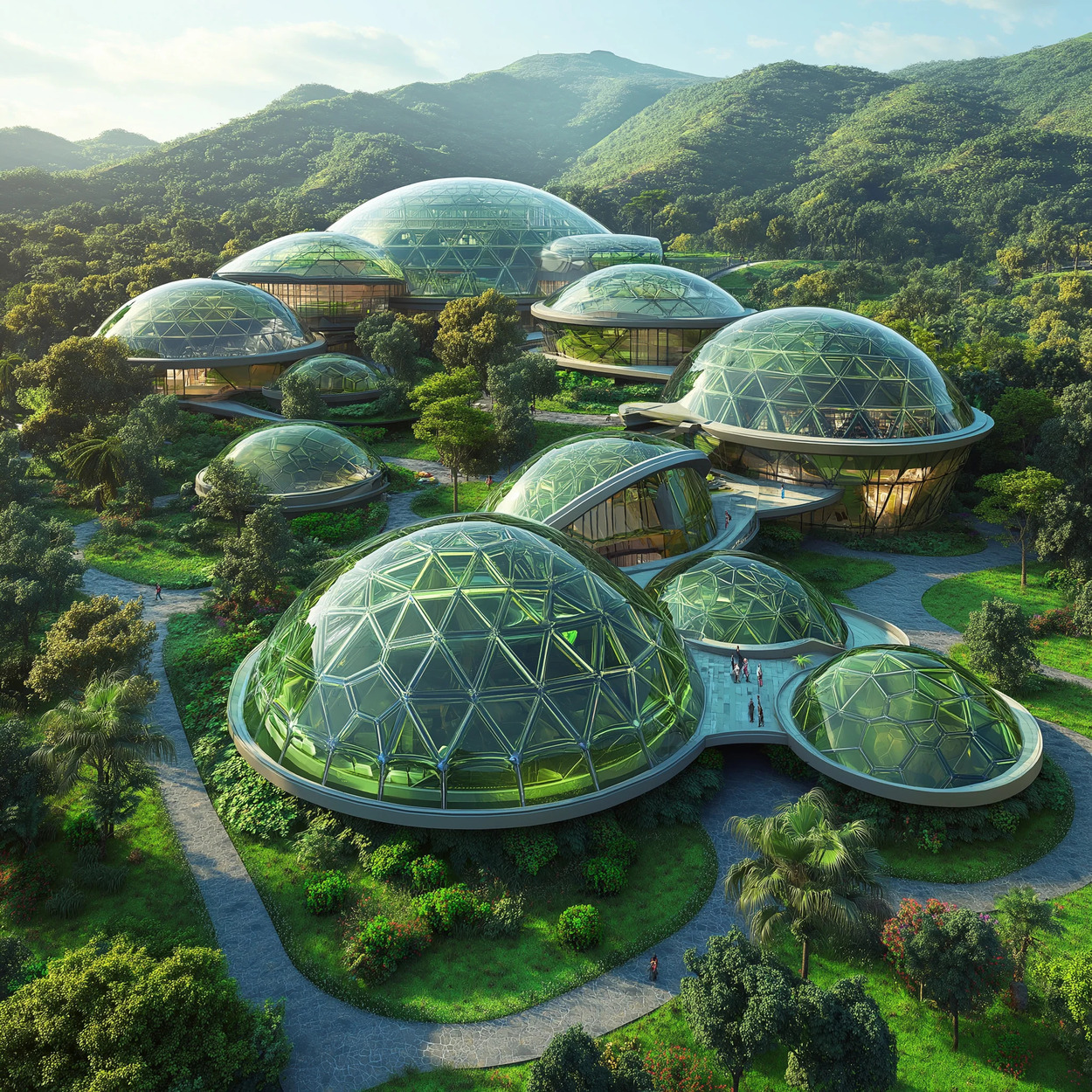
Leave a comment